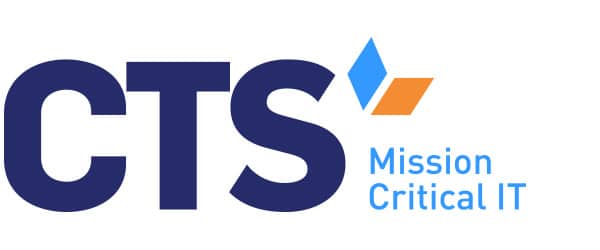In-house IT teams face more challenges than ever post-pandemic.
As schools prepare to reintroduce in-person instruction in the fall, in-house IT teams confront a fundamentally different educational technology landscape. Whereas technology may have played an ancillary role in classroom instruction pre-pandemic, platforms like Google Classroom, DreamBox, and Newsela, along with hardware like Google Chromebooks, are poised to play an outsize role in many classrooms across the country. While some teachers may have only halfheartedly embraced technology pre-pandemic, COVID-19 forced them to do so, compelling educators to learn the ins and outs of content management systems, Zoom, and other educational technology tools.
What does this mean for in-house IT teams? Well, the answer is probably more work (i.e., more troubleshooting, more device procurement, and more questions that they may or may not have the time–much less knowledge–to answer). To tackle the challenges of post-COVID-19 classroom instruction, it’s more critical than ever that schools structure their in-house IT teams in a way that meets the demands of the new EdTech reality.
First, put out the day-to-day fires.
For starters, an in-house IT team won’t gain the trust of teachers and staff if it can’t put out the day-to-day fires. When a student’s Chromebook stops working, a projector bulb goes out, or a SMART Board malfunctions, the in-house IT team is almost always teachers’ first call. The effectiveness of the team’s response can mean the difference between a well-executed lesson plan and a frustrated teacher who’s forced to adjust her plans on the fly. This dynamic has tremendous implications for teacher and school morale: teaching is hard as it is. The last thing we want educators worrying about is their faulty school technology or the frustrations that spring from routine technology problems. As a result, it’s critical that school IT teams have a member exclusively devoted to individual troubleshooting. If there aren’t any proverbial fires to put out, sure, the team member can work on other projects, but as soon as a ticket arrives, the in-house IT team should spring into action.
Second, think longer-term: how will your in-house IT team plan for bigger projects?
Of course, it’s not enough that an in-house IT team focuses solely on the day-to-day. Failure to plan for a new site launch, end-of-year close-out, or Back to School Night can prove disastrous. In-house IT teams almost always need to think weeks, even months, or years, depending on the school’s situation, in advance. This requires both minimal distractions and a clear sense of the school’s priorities. If an in-house IT team is constantly scrambling to resolve individual student or teacher tickets, they’ll never have time to sit down and do the important long-term planning that’s critical to the success of the school’s technology program. To this end, an effective in-house IT team has an individual focused on long-term planning and project support, those technology-related tasks that aren’t urgent (e.g., a teacher can’t access a tool that’s needed for his lesson plan) but that are nonetheless important (e.g., monitoring the school’s routers and switches to get ahead of any potential outages).
Third, think strategically. How will your in-house IT team respond to broader trends in the educational technology sector?
There’s still a third level of removal from the day-to-day that’s critical for an in-house IT team’s success. Given the speed with which educational technology trends and capacities shift, it’s critical that an in-house IT team keep its eye on the educational technology sector as a whole. Doing so allows them to give school leadership sound advice when it comes to purchasing decisions, expansion plans, or longer-term budget forecasting. For example, if an in-house IT team member knows that a certain piece of hardware is about to become obsolete, she’ll be able to provide her school leader with sound advice on whether or not to replace an existing inventory for the upcoming year. While this know-how is far more abstract than the demands of day-to-day troubleshooting, it can be just as impactful: sound educational technology advice can save a school thousands of dollars each year, allowing teachers to use unspent funds for other instructional priorities.
At CTS, we use technology to help schools accomplish their unique missions.
Our team has worked with more than 60 schools across the United States to improve their in-house IT team’s capacity and use technology to meet the school’s instructional goals. From one-off project support to more complex consulting services, our team has the skills, know-how, and track record to ensure you and your in-house IT team meet the needs of teachers and students. As students transition back to in-person learning, it’s more important than ever that schools have the technology tools they need to drive student achievement. Contact us today to learn more about our services and how we can help your school accomplish its unique mission.



